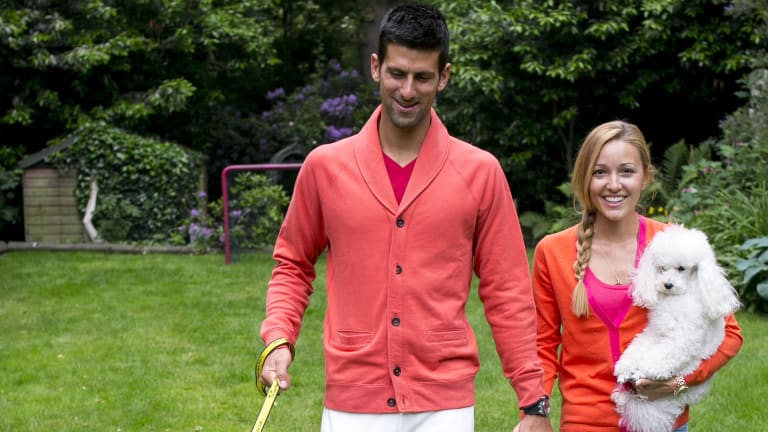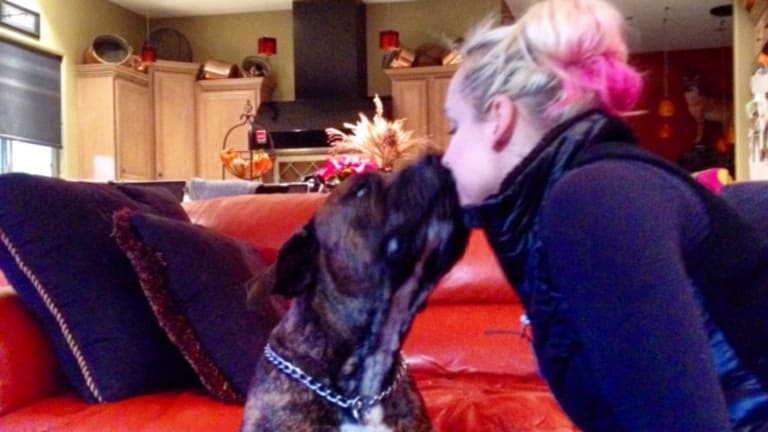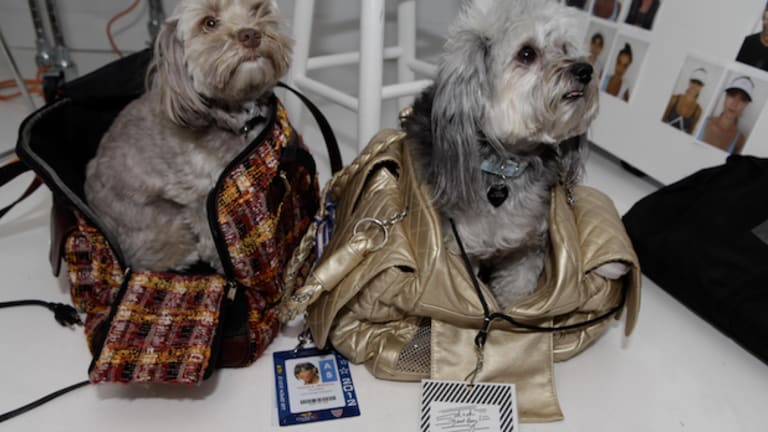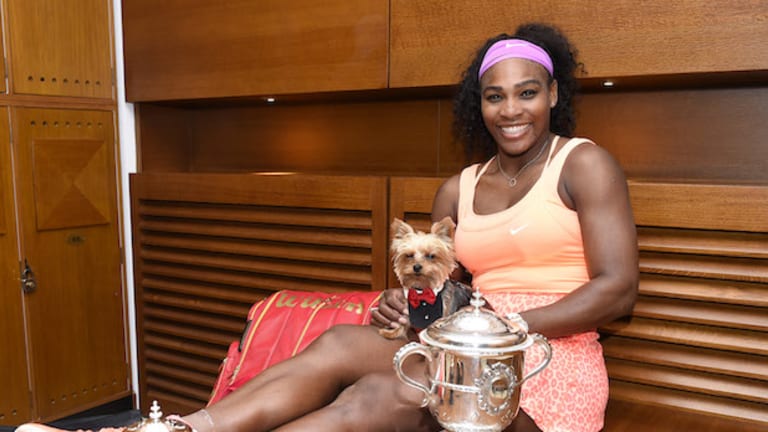“We don’t see them as just an animal,” echoes Djokovic, whose toy poodle, Pierre (being carried, at right), is closest to his wife, Jelena.
As Wozniacki says of her Pomeranian puffball, Bruno, who never leaves home without his European Union doggy passport: “It’s totally worth it. He’s always happy to see you.”
Weathering far-flung time zones with a mutt or, more typically, a pint-sized purebred, is not as expensive as it might sound. The added fees for flights, hotels and food amount to a few thousand dollars a year, said several players. That’s pocket change to multi-millionaires like Williams and Djokovic.
But the potential hassles are many, and are occasionally emotionally costly. Animals end up stranded at customs by paperwork snafus. They relieve themselves in busy airports or hotel lobbies. They must be fed, walked and exercised, all while negotiating the rigorous demands of elite tennis.
“I love dogs,” says Djokovic, whose transition to fatherhood last year did not deter him from adding a second toy poodle, Tesla, to his growing brood. “But logistically it’s not easy, especially when you travel on the opposite side of the world.”
Indeed, dog-care duties often fall on other members of a player’s team. Significant others, parents and hitting partners all pitch in. But players also go to great lengths to make their pets content, and it is not unusual to see them out strolling with their dogs on streets and in cafés across the globe. Djokovic recently found himself sneaking 7-year-old Pierre into the cramped lavatory of a transatlantic flight so that the little poodle could do his business. He positioned Pierre over the seat. He sweet-talked. He stroked his fur. He flushed. Pierre did not oblige.
If the idea of Serbia’s best-known citizen at 33,000 feet bent over the toilet coaxing his dog to go sounds absurd, Djokovic does not disagree. “What can I do?” he says, sounding chagrined as he explains commercial airlines’ in-bag policy, even for flights that can last 14 hours. “It’s the only place I can let him out.”
*
Dog-friendly travel is generally confined to Europe and the U.S., where entry and quarantine laws are less strict compared to Asia and Australia. The one exception is England, where entry remains a challenge, players say.
A few years ago, Kuznetsova tried to bring Dolce, her 50-pound American Bulldog, to Wimbledon. The two-time Grand Slam champion hit a snag on arrival and the notoriously strict U.K. authorities placed Dolce in quarantine.
Kuznetsova was beside herself. She left the tournament to visit him every day at a small, dirty facility next to Heathrow Airport. The fees ended up costing her more than her hotel in London. “It was a mess,” she says. “I was crying so much.”
By definition, the best-traveled dogs are toy breeds. They rarely exceed 20 pounds, so they can ride inside airplane cabins. But there are exceptions.



